Home>Maintenance & Safety>Pest Control Solutions>How To Trap Yellow Jackets
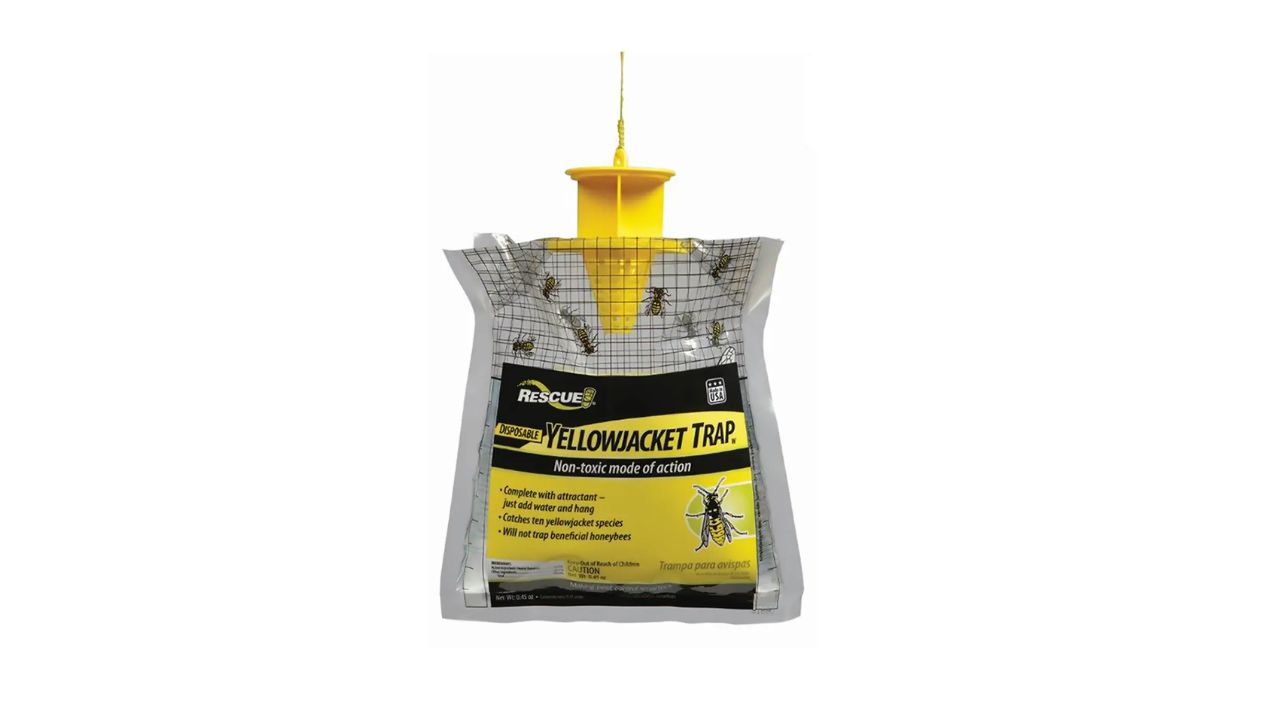

Pest Control Solutions
How To Trap Yellow Jackets
Modified: March 2, 2024
Learn effective pest control solutions for trapping yellow jackets with our comprehensive guide. Safely eliminate these pests with expert tips and techniques.
(Many of the links in this article redirect to a specific reviewed product. Your purchase of these products through affiliate links helps to generate commission for Storables.com, at no extra cost. Learn more)
Introduction
Yellow jackets are a common nuisance for many homeowners, especially during the warmer months. These aggressive insects can quickly turn a peaceful outdoor gathering into a chaotic scene of swatting and dodging. However, with the right knowledge and tools, you can effectively manage yellow jacket populations and enjoy your outdoor spaces without fear of stings.
In this comprehensive guide, we will explore the various aspects of trapping yellow jackets, from understanding their behavior to selecting the most suitable traps and implementing effective trapping strategies. By the end of this article, you will be equipped with the knowledge and confidence to tackle yellow jacket infestations around your home.
Whether you're a seasoned homeowner or a first-time gardener, dealing with yellow jackets can be a daunting task. However, with the right approach, you can take control of the situation and create a safer environment for yourself, your family, and your pets. Let's delve into the world of yellow jackets and discover the most effective methods for trapping these pesky insects.
Key Takeaways:
- Understanding yellow jacket behavior and nesting habits is crucial for effective trapping. By choosing the right trap, strategic setup, and regular maintenance, homeowners can create a safer outdoor environment free from aggressive yellow jackets.
- Trapping yellow jackets requires knowledge, strategy, and persistence. Integrating trapping with preventive measures and prioritizing safety contributes to long-term pest management, allowing homeowners to reclaim their outdoor spaces with confidence.
Read more: How To Repel Yellow Jackets
Understanding Yellow Jackets
Yellow jackets, scientifically known as Vespula and Dolichovespula, are a species of predatory wasps that are commonly found in various regions across the globe. These aggressive insects are known for their distinctive yellow and black markings, and their presence can often evoke fear and anxiety due to their potent sting. Understanding the behavior and characteristics of yellow jackets is crucial in effectively managing and controlling their populations.
Yellow jackets are social insects, living in colonies with a well-defined hierarchy. A typical colony consists of a queen, workers, and males. The queen is responsible for laying eggs and initiating the growth of the colony, while the workers are tasked with foraging for food, expanding the nest, and protecting the queen and larvae. The males, also known as drones, have the sole purpose of mating with the queen.
During the warmer months, yellow jackets are particularly active, scavenging for food to sustain the colony. They are omnivorous and are attracted to a variety of food sources, including sugary substances, proteins, and even human food. This scavenging behavior often brings them into close proximity with humans, leading to potential conflicts and stinging incidents.
Yellow jackets are known for their aggressive nature when defending their nests or foraging for food. Unlike honeybees, which can only sting once before dying, yellow jackets are capable of multiple stings, making them a formidable threat, especially to individuals who are allergic to their venom.
Understanding the nesting habits of yellow jackets is essential for effective control and trapping. These insects build their nests in a variety of locations, including underground burrows, wall voids, tree hollows, and even in human-made structures such as sheds and attics. Identifying the location of a yellow jacket nest is crucial for implementing targeted trapping strategies and minimizing the risk of stings.
By gaining a deeper understanding of the behavior, nesting habits, and foraging patterns of yellow jackets, homeowners can proactively address potential infestations and take appropriate measures to trap and control these aggressive insects. With this knowledge as a foundation, we can now explore the next steps in effectively managing yellow jacket populations around our homes.
Identifying Yellow Jacket Nests
Identifying yellow jacket nests is a crucial step in effectively managing these aggressive insects. Yellow jackets are known for their diverse nesting habits, and understanding where they build their colonies is essential for implementing targeted trapping and control measures.
Yellow jackets are resourceful nest builders, utilizing a variety of locations to establish their colonies. Underground burrows are a common nesting site for many species of yellow jackets. These subterranean nests can be found in areas with loose soil, such as gardens, lawns, and abandoned rodent burrows. The entrance to an underground yellow jacket nest is often marked by a small, inconspicuous hole, making it important to exercise caution when exploring potential nesting sites in outdoor spaces.
In addition to underground locations, yellow jackets are known to build nests in wall voids, attics, and other enclosed spaces. When nesting in these areas, yellow jackets gain access through small openings or gaps in the structure of buildings. It's important to inspect the exterior of your home for any signs of yellow jacket activity, such as insects flying in and out of small openings or gathering near eaves and rooflines.
Tree hollows and shrubbery can also serve as nesting sites for certain species of yellow jackets. These natural cavities provide the insects with a protected space to build their colonies, often making it challenging for homeowners to detect and access the nests.
When attempting to identify yellow jacket nests, it's essential to exercise caution and approach potential nesting sites with care. Disturbing a nest can provoke aggressive behavior from the insects, leading to stinging incidents and potential harm. If you suspect the presence of a yellow jacket nest on your property, it's advisable to seek professional assistance to safely and effectively address the situation.
By familiarizing yourself with the diverse nesting habits of yellow jackets, you can enhance your ability to identify and locate their colonies, laying the groundwork for targeted trapping and control strategies. With a keen eye and a cautious approach, homeowners can take proactive steps to address yellow jacket infestations and create a safer outdoor environment for themselves and their families.
Choosing the Right Trap
When it comes to effectively trapping yellow jackets, selecting the right trap is a critical decision that can significantly impact the success of your trapping efforts. With a wide range of trap options available, it's essential to consider various factors to ensure that you choose a trap that aligns with the specific characteristics and behaviors of yellow jackets.
Understanding Yellow Jacket Behavior
Before choosing a trap, it's important to consider the foraging behavior of yellow jackets. These insects are attracted to a variety of food sources, including sugary substances and proteins. Understanding their dietary preferences can guide your trap selection, as certain traps are designed to target specific types of bait.
Read more: How Harmful Are Yellow Jackets?
Trap Design and Functionality
Yellow jacket traps come in various designs, each with its unique features and mechanisms for capturing the insects. Some traps utilize attractants and baits to lure yellow jackets into a containment chamber, while others employ entry points that make it easy for the insects to access the trap while preventing their escape.
Bait Selection
The choice of bait plays a crucial role in the effectiveness of a yellow jacket trap. Common baits include sugary liquids, meat-based products, and commercially available attractants specifically formulated to lure yellow jackets. Understanding the foraging preferences of yellow jackets can help you select the most enticing bait for your trap.
Environmental Considerations
When choosing a trap, it's important to consider the location and environment in which it will be deployed. Factors such as wind patterns, sunlight exposure, and the presence of competing food sources can influence the effectiveness of a trap. Selecting a trap that is suitable for the specific outdoor conditions on your property can enhance its trapping efficiency.
Safety and Non-Target Species
While trapping yellow jackets, it's crucial to prioritize the safety of non-target species, such as beneficial pollinators. Selecting traps that minimize the risk of capturing beneficial insects while effectively targeting yellow jackets is essential for maintaining ecological balance in your outdoor spaces.
Read more: What Is Yellow Jackets About
Personal Preferences and Convenience
Consider your personal preferences and convenience when choosing a trap. Some traps may require frequent bait replacement or maintenance, while others offer long-lasting effectiveness with minimal intervention. Selecting a trap that aligns with your lifestyle and maintenance capabilities can ensure consistent trapping results.
By carefully considering these factors and conducting thorough research on available trap options, you can make an informed decision when choosing the right trap for trapping yellow jackets. With the appropriate trap in place, you can proceed to the next crucial steps of setting up the trap and implementing effective trapping strategies to manage yellow jacket populations around your home.
Setting Up the Trap
Setting up the trap is a pivotal step in effectively managing yellow jacket populations around your home. With the right approach and attention to detail, you can maximize the trapping efficiency and minimize the presence of these aggressive insects in your outdoor spaces.
Location Selection
When setting up a yellow jacket trap, the location plays a crucial role in its effectiveness. Choose areas where yellow jacket activity is prominent, such as near outdoor dining areas, garbage bins, or areas with floral abundance. Placing traps in these strategic locations increases the likelihood of capturing foraging yellow jackets and reducing their presence in areas frequented by humans.
Avoiding Distractions
To ensure that the trap remains the primary attractant for yellow jackets, it's important to minimize competing food sources in the vicinity. Keep the area around the trap free from open food containers, spills, or other attractants that may divert the attention of yellow jackets away from the trap. By creating an environment that directs the insects toward the trap, you can enhance its trapping efficiency.
Read more: How To Keep Away Yellow Jackets
Bait Placement
Carefully position the bait within the trap to maximize its attractiveness to yellow jackets. If using liquid baits, ensure that they are securely contained within the trap to prevent spillage and maintain their potency. For traps that utilize solid baits or attractants, follow the manufacturer's guidelines for proper placement to optimize the trapping effectiveness.
Protection from Elements
Shielding the trap from environmental factors such as direct sunlight, heavy rain, or strong winds can prolong its effectiveness and prevent bait degradation. Consider placing the trap in shaded areas or utilizing protective enclosures to safeguard it from the elements. By maintaining the integrity of the trap and its bait, you can ensure consistent trapping results over an extended period.
Regular Monitoring
After setting up the trap, establish a routine for monitoring its activity and effectiveness. Check the trap regularly to assess the captured yellow jacket population and determine if any adjustments are needed. If the trap becomes full or the bait loses its potency, promptly empty and replenish the trap to maintain its trapping capacity.
Safety Considerations
When setting up traps, prioritize safety by ensuring that they are placed out of reach of children and pets. Additionally, consider using traps with features that minimize the risk of accidental contact with the captured insects, such as enclosed containment chambers or protective barriers.
By meticulously setting up the trap and considering these key factors, you can optimize its trapping efficiency and contribute to a safer and more enjoyable outdoor environment free from the presence of aggressive yellow jackets.
Read more: Why Yellow Jackets Are Aggressive
Monitoring and Maintenance
Effective monitoring and maintenance are essential components of a successful yellow jacket trapping strategy. By implementing a proactive approach to monitoring trap activity and conducting regular maintenance, homeowners can ensure the continued effectiveness of their trapping efforts and minimize the presence of yellow jackets in their outdoor spaces.
Regular Inspection
Consistent monitoring of trap activity is crucial for gauging the effectiveness of the trapping strategy. Conduct regular inspections of the traps to assess the captured yellow jacket population and identify any fluctuations in activity. By observing the frequency of captures and the types of insects attracted to the traps, homeowners can gain valuable insights into the local yellow jacket population and adjust their trapping approach accordingly.
Bait Replacement
Maintaining the potency of the bait is vital for sustaining the trapping effectiveness. Over time, liquid baits may evaporate or become diluted, while solid baits can lose their attractiveness to yellow jackets. Regularly replace the bait in the traps according to the manufacturer's guidelines to ensure that it remains enticing to foraging yellow jackets. By consistently providing fresh bait, homeowners can maximize the trapping efficiency and capture rates.
Trap Cleaning
Periodic cleaning of the traps is essential for preserving their functionality and preventing the buildup of debris or contaminants. Empty the traps as needed, removing captured insects and any residual bait or attractants. Thoroughly clean the trap components to maintain their integrity and ensure that they continue to attract and capture yellow jackets effectively. Regular cleaning also reduces the risk of odors or substances that may deter yellow jackets from entering the traps.
Read more: When Are Yellow Jackets Active
Weather Considerations
Environmental factors such as temperature, humidity, and precipitation can impact trap performance. During periods of heavy rain or extreme temperatures, assess the condition of the traps and make any necessary adjustments to protect them from adverse weather conditions. Additionally, consider the seasonal variations in yellow jacket activity and adapt your monitoring and maintenance schedule to align with their foraging patterns and nesting behaviors.
Documentation and Analysis
Keeping records of trap activity and maintenance activities can provide valuable insights into the effectiveness of the trapping strategy over time. Note the dates of bait replacement, trap cleaning, and significant observations regarding yellow jacket activity. By documenting this information, homeowners can identify trends, assess the impact of their trapping efforts, and make informed decisions to optimize their yellow jacket control measures.
By prioritizing regular monitoring and diligent maintenance of yellow jacket traps, homeowners can contribute to a safer and more enjoyable outdoor environment. Through proactive observation, upkeep, and adaptation, trapping yellow jackets can become an integral part of maintaining a pest-free outdoor space, allowing homeowners to reclaim their outdoor areas with confidence and peace of mind.
Conclusion
In conclusion, effectively trapping yellow jackets requires a combination of knowledge, strategy, and consistent effort. By understanding the behavior and nesting habits of yellow jackets, homeowners can proactively identify potential infestation sites and implement targeted trapping measures. Choosing the right trap, setting it up strategically, and maintaining it with regular monitoring and maintenance are essential steps in managing yellow jacket populations around homes.
As the warmer months approach and outdoor activities become more prevalent, the presence of yellow jackets can pose a significant challenge to homeowners. However, armed with the insights provided in this guide, individuals can approach yellow jacket control with confidence and determination.
It's important to emphasize the role of safety throughout the trapping process. Prioritizing the safety of humans, pets, and beneficial insects while effectively targeting yellow jackets is crucial for creating a balanced and harmonious outdoor environment.
By integrating trapping strategies with other preventive measures, such as minimizing attractants and sealing potential entry points, homeowners can create a comprehensive approach to yellow jacket control. This multifaceted strategy not only addresses existing infestations but also works to prevent future occurrences, contributing to long-term pest management.
Ultimately, the successful trapping of yellow jackets contributes to a safer and more enjoyable outdoor experience for homeowners and their families. By reclaiming outdoor spaces from the threat of aggressive stinging insects, individuals can once again enjoy gatherings, meals, and recreational activities without the fear of yellow jacket encounters.
As with any pest management endeavor, persistence and adaptability are key. By remaining vigilant and responsive to changes in yellow jacket activity, homeowners can fine-tune their trapping strategies and maintain a pest-free environment.
In closing, trapping yellow jackets is a proactive and empowering approach to pest control, allowing homeowners to take charge of their outdoor spaces and create a welcoming environment for all. With the knowledge and strategies outlined in this guide, individuals can confidently tackle yellow jacket infestations and enjoy a summer free from the disruptions caused by these persistent insects.
Frequently Asked Questions about How To Trap Yellow Jackets
Was this page helpful?
At Storables.com, we guarantee accurate and reliable information. Our content, validated by Expert Board Contributors, is crafted following stringent Editorial Policies. We're committed to providing you with well-researched, expert-backed insights for all your informational needs.
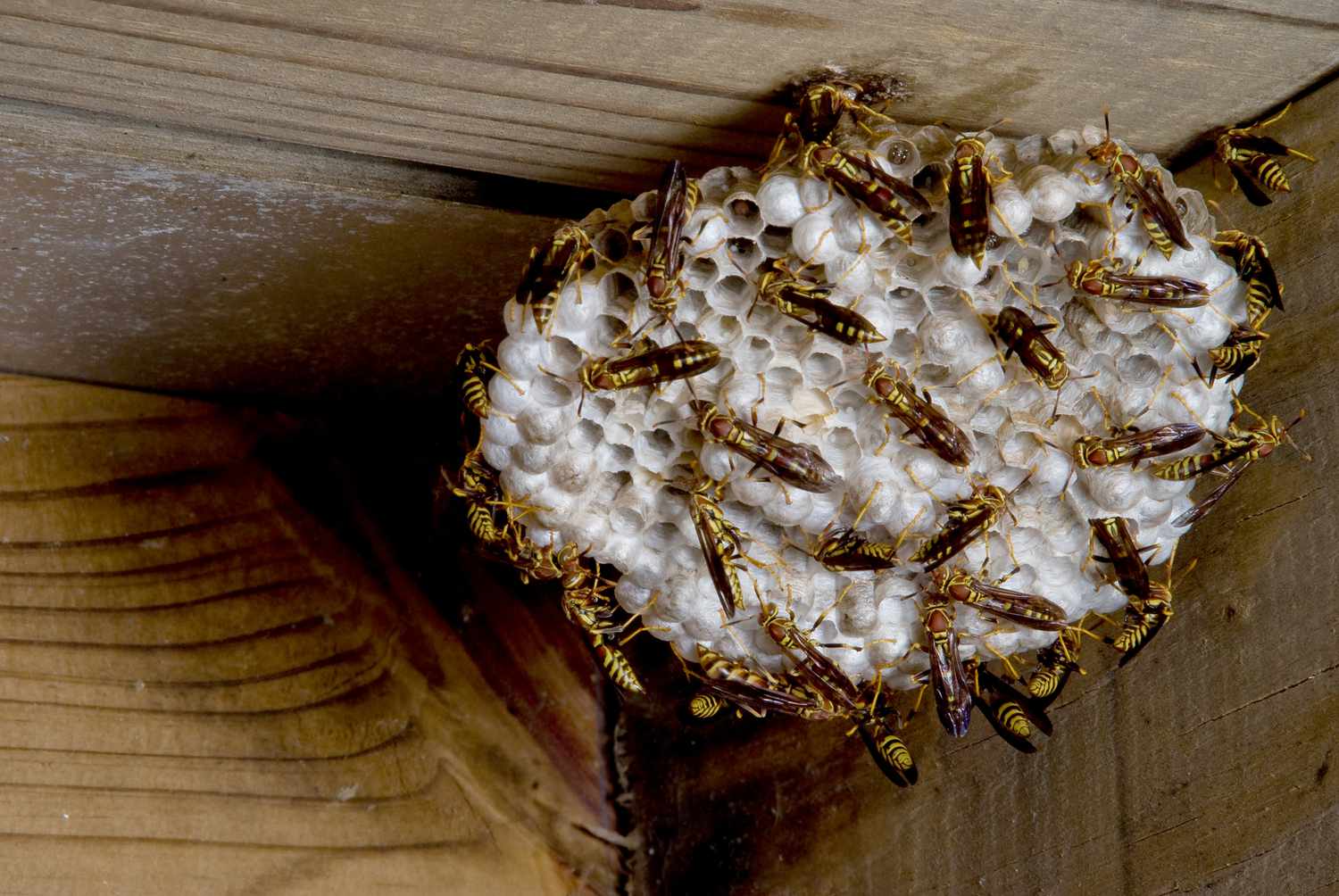
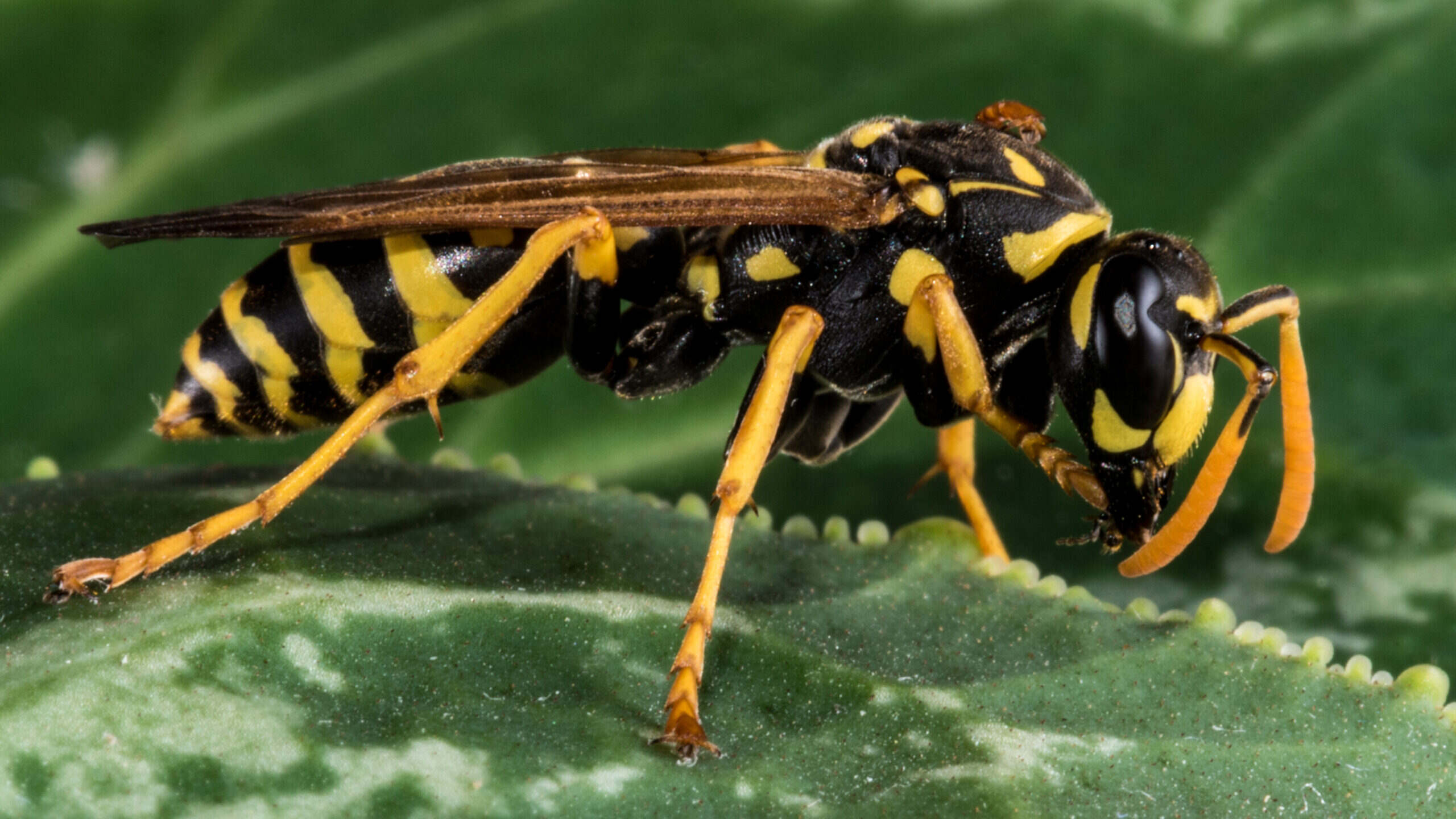
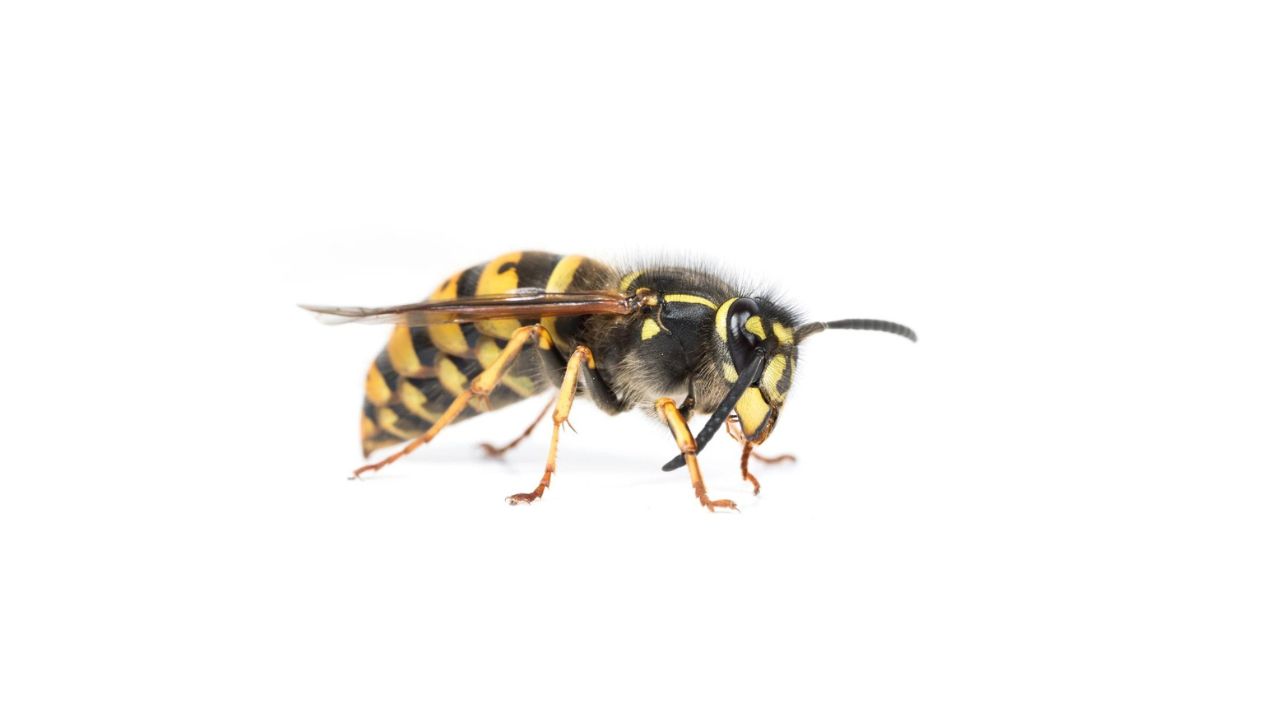
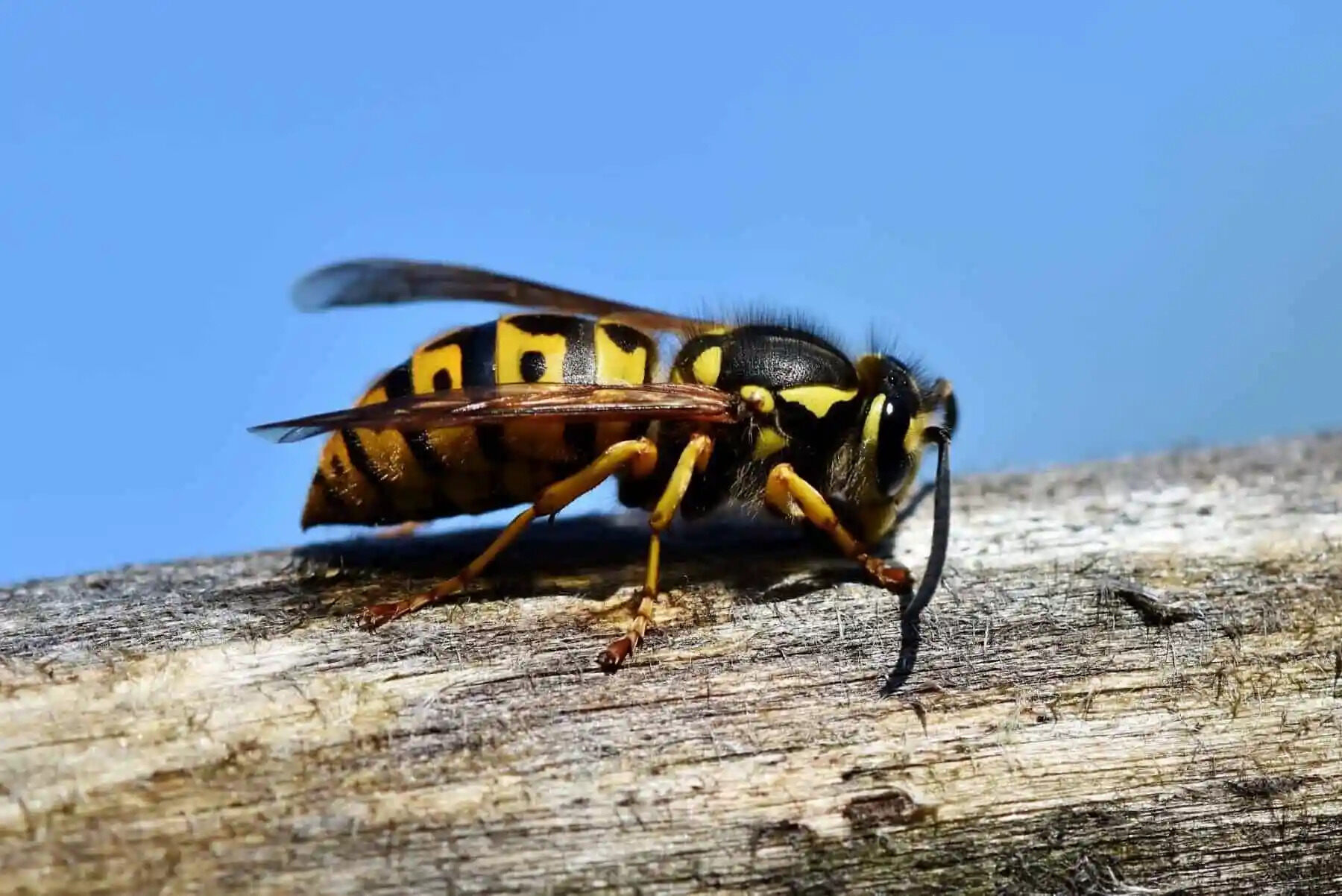
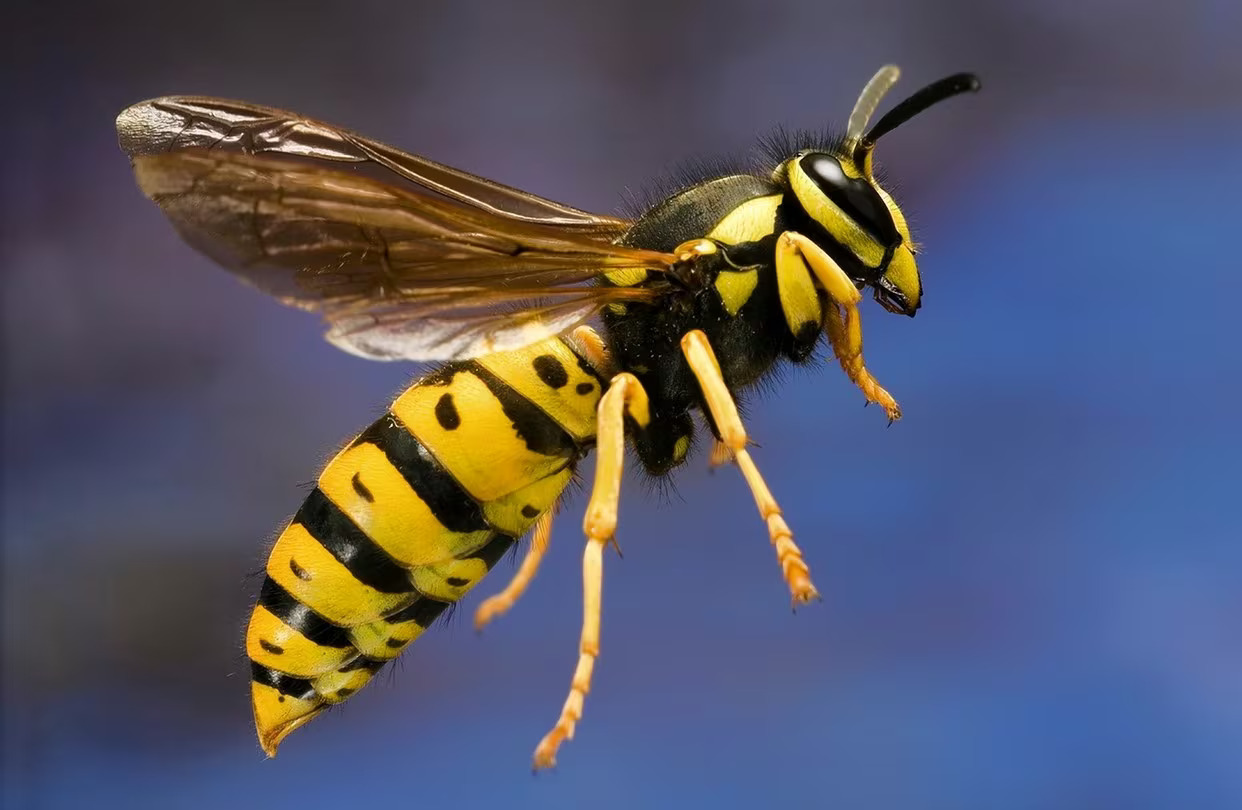
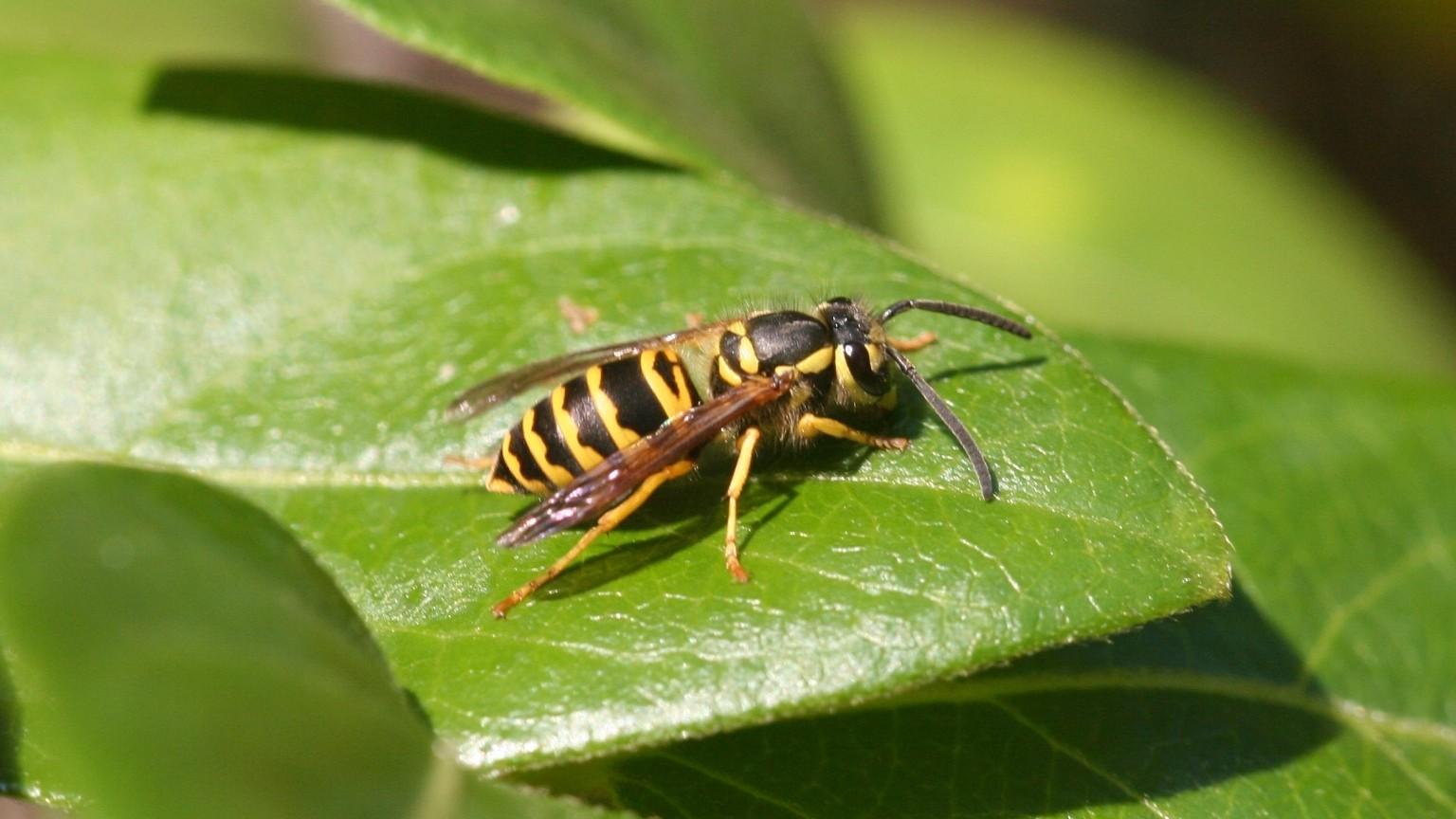
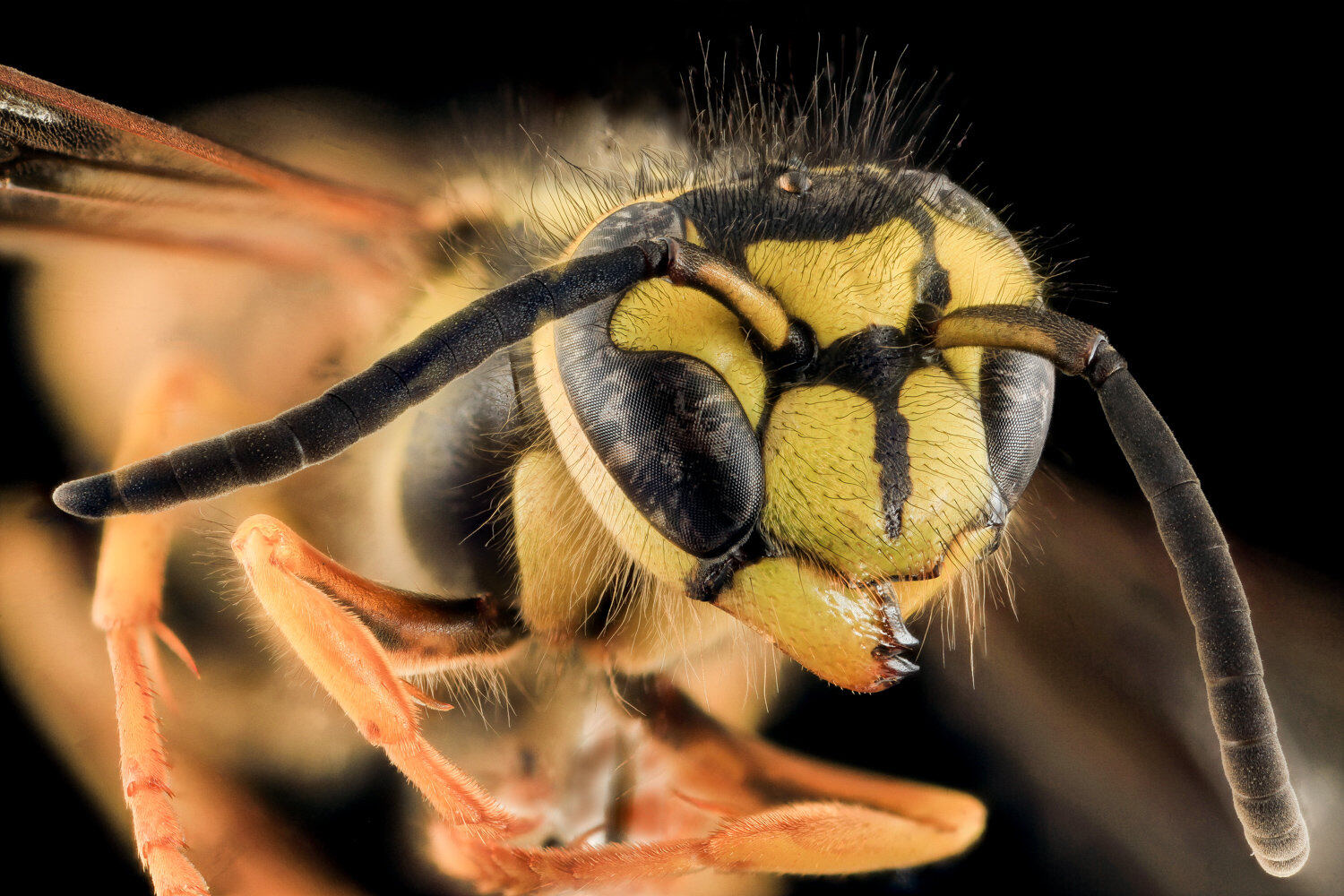
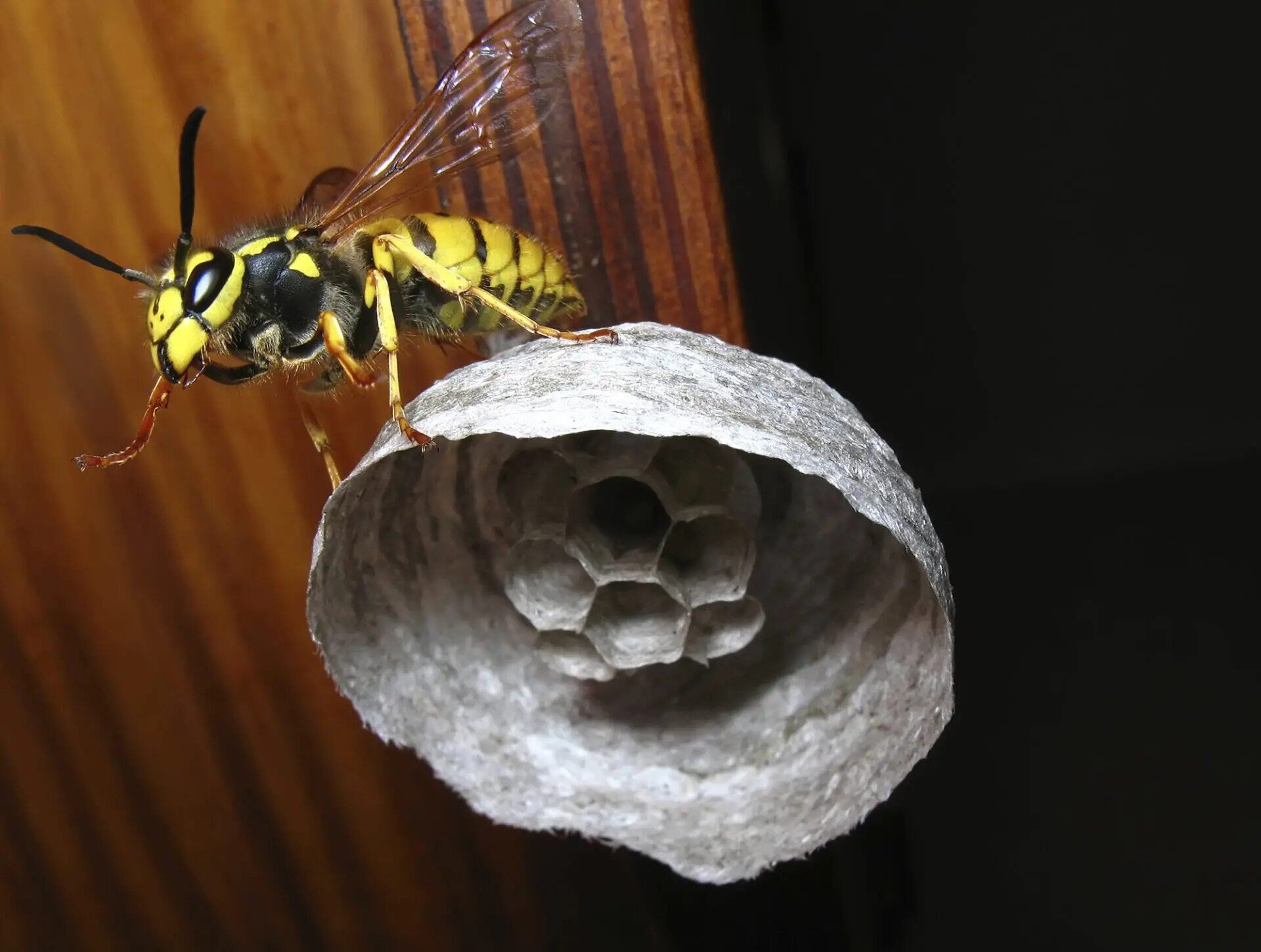
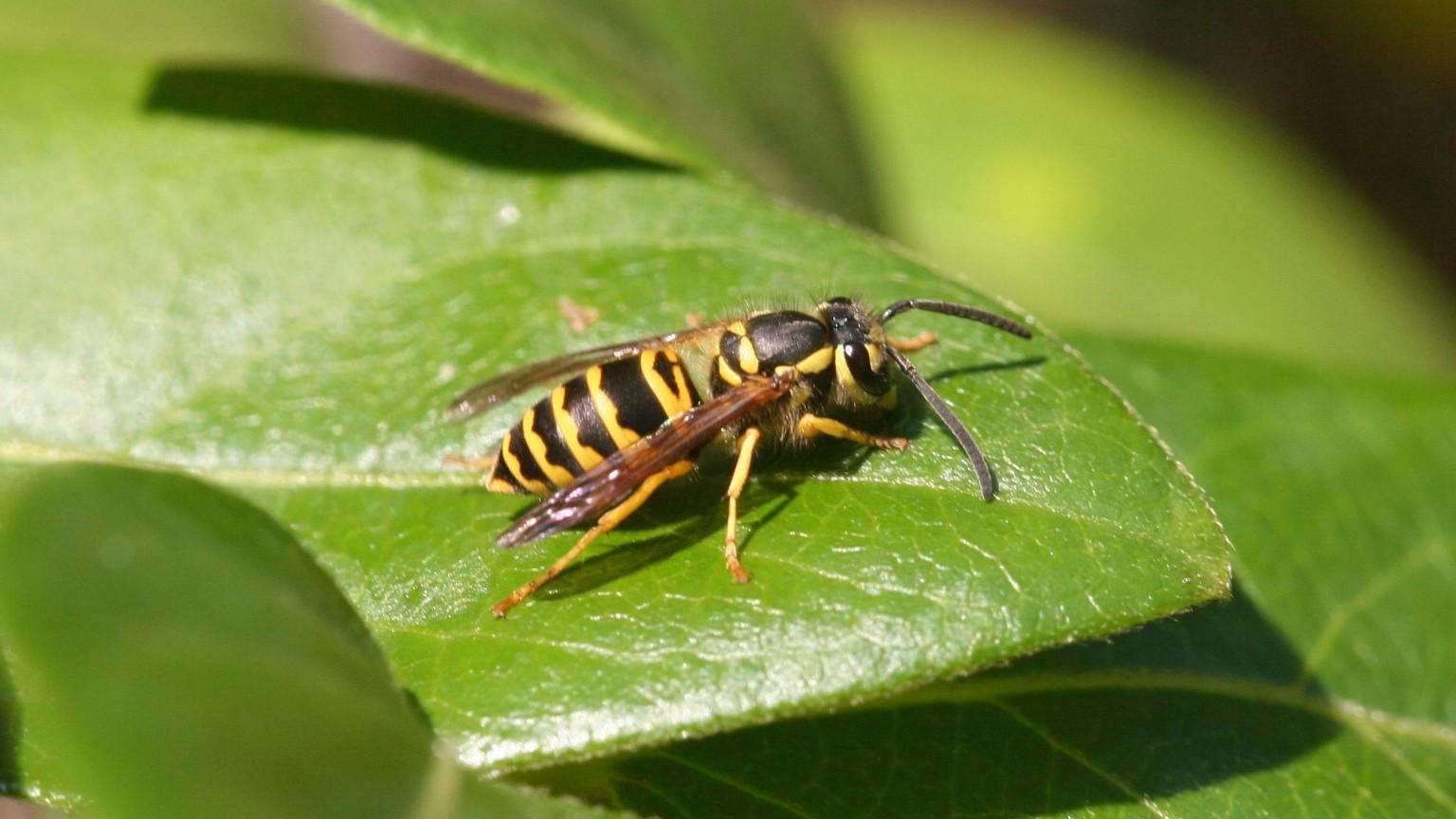
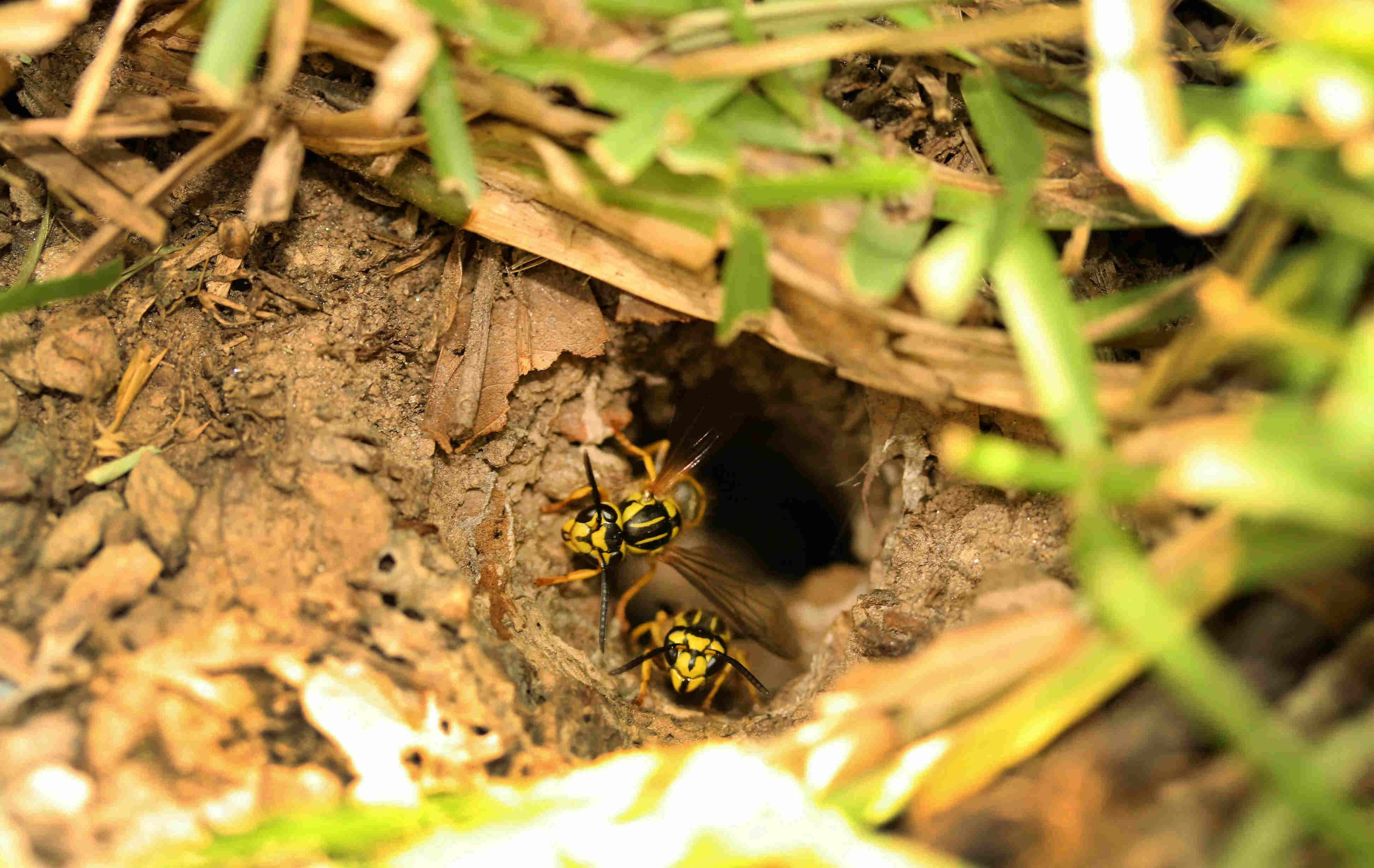

0 thoughts on “How To Trap Yellow Jackets”